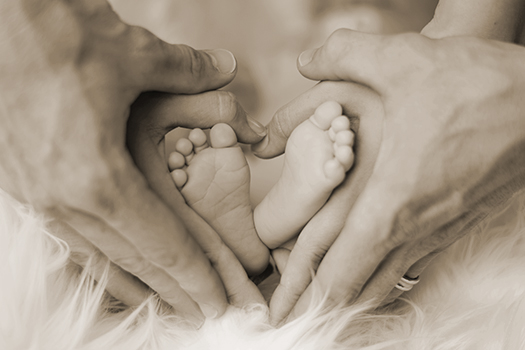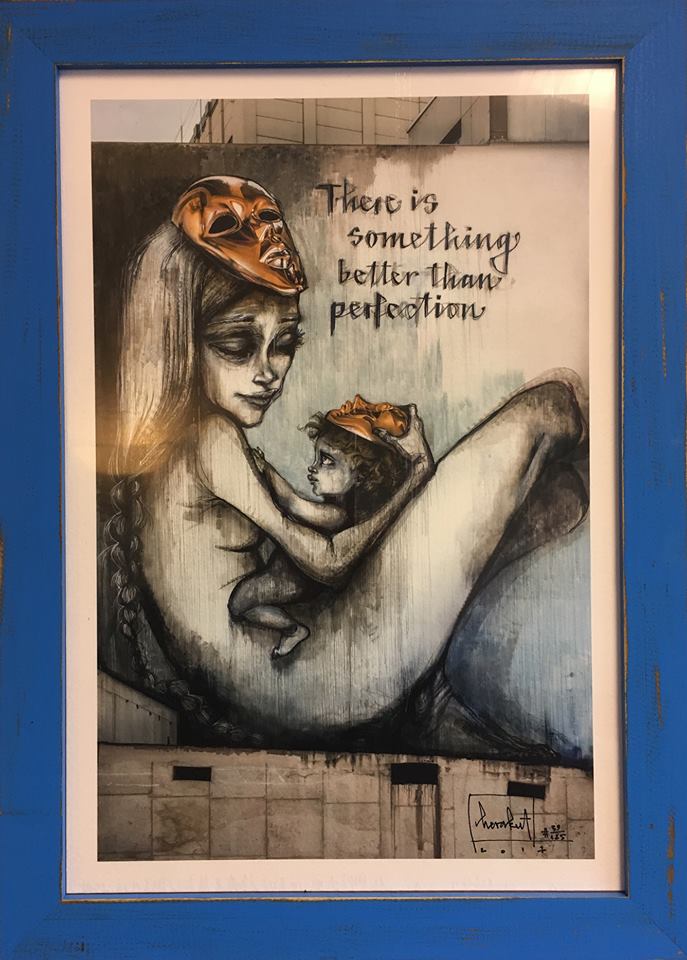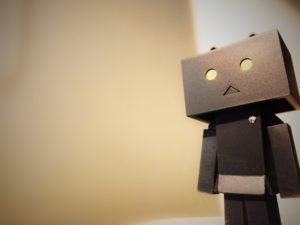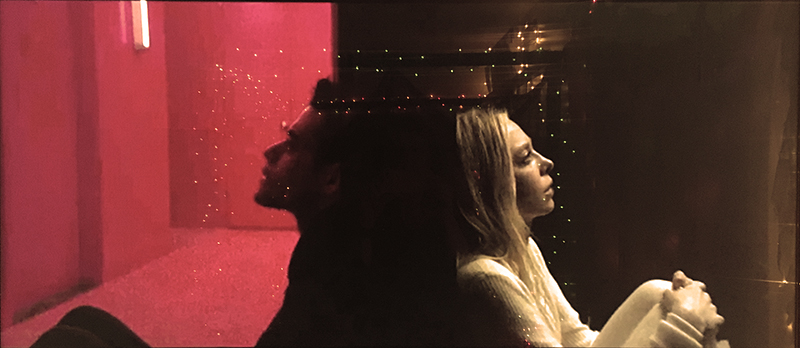As of July 5, 2021 I’m offering face-to-face appointments in my office in Cologne again. In order to set up an appointment, please contact me.
Update
Due to the increased number of COVID-19 cases in Cologne right now, I am only offering online / video sessions as of November 1, 2020.
When Your Inner Child Needs You
We all have inner children inside of us who have been hurt, abandoned, shamed, or overwhelmed – or a combination thereof. These children can be 2, 7 or 16 years of age, or even 23 for all I care. Their wounds often live on in us for years, and if we find ourselves having a strong reaction to a situation, it may well be that one of our inner children has a part in that.
Here are a few examples:
- A 35-year-old man was teased by other boys every day at school as a 12-year-old. Now as an adult, he doesn’t feel comfortable among his male co-workers. His hands get clammy when he has lunch with his colleagues, and he usually feels nauseated for a few days before company parties. The teased 12-year-old lives on in him and emerges in certain situations.
- A 31-year-old woman, as a 5-year-old, had the experience that her mother was seriously ill in the hospital for several weeks. During this time, her father and an aunt looked after her, and she missed her mother very much and blamed herself for the fact that her mother was sick. As an adult now, she has trouble sleeping when her partner is on a business trip. She then tells herself at night that she has a certain defect and that this is precisely why her partner will not come back. The abandoned 5-year-old lives on in her.
- A 28-year-old person had an embarrassing experience in which they were humiliated in elementary school by their favorite teacher in front of the class. They had made a spelling mistake on the board and the teacher was making fun of them while the class laughed at them. The person is now engaged but cannot look forward to the wedding because they are horrified by the prospect that all the guests will look at them during the ceremony. The embarrassed elementary school child continues to make themselves felt.
The more severe the traumatic experience, the stronger the emotional impact that an inner child can have on adult life. If you carry unhealed inner children within you, a little imagination can help. Ask yourself the following questions:
a) What would my inner child have needed then?
b) And who could give him / her / them that now?
Then imagine that you are bringing the respective inner child to a place where it feels comfortable, and then add helpful figures that have the appropriate tools. The place can be a place from the past or from the future. The figures can be figures from the past or from the future, real or imaginary, human or animal or superhero.
The man from Example 1 could take his 12-year-old to his grandmother’s backyard from the 90’s, where he sits in the grass and is comforted by his grandmother, while the grandfather along with Wolverine from the X-Men reads the boys from school the riot act in a sustainable way that they can understand.
The woman from Example 2 could imagine that a temporary children’s room would be set up in the mother’s hospital room, with a bed and toys for the 5-year-old, so that the father and aunt can look after the 5-year-old and a selection of fairies can take care of the mother.
The person from Example 3 could imagine that their inner child would first be taken out of the classroom and to a theme park with their best friend, and then a team of social workers would come to their class to explain to the teacher that that type of discipline is out of date and inappropriate, while their favorite singer at the time, whom they know many of their classmates also admired, appeals to the class to think about what it would be like for them to be ridiculed at the blackboard.
Imagine the respective healing fantasy situation and make changes and additions until you notice that your inner child is doing better. Repeat this or a similar fantasy situation every day or as needed until your symptoms subside.
Before starting this type of work, please consult a psychotherapist or a psychologist. Also keep in mind that you need to know, or at least have an idea of, which childhood experience your current symptoms are connected to. Of course, in order to explore or clarify this, a psychotherapist or a psychologist can be consulted as well.
Available for video sessions
As of January 2020 I am available for video sessions for clients residing in California. Since I am licensed in California I am able to provide psychotherapy for persons in California regardless of my own location. I use a HIPAA compliant video conferencing app called Doxy for these sessions. Here is the link to my virtual waiting room. If you would like to get started on video sessions, please get in touch.
Better than perfection
As a psychotherapist working with shame, self-esteem and the inner critic, I like to focus more on making use of your choices when you uncover that you are already good enough and less on healing your so-called broken parts. Together we can explore the masks you wear to hide the parts of yourself you consider too shameful to share with others, the striving to be something you are not or don’t even want to be, the unrealistic expectations you may place on yourself and others. I propose that being comfortable in your own skin, whether you are alone or with others, is better than perfection. Psychotherapy can help shed those uncomfortable skins and masks that are borne from shame and may no longer serve you. Those that do serve you we can keep but let’s be choiceful about that process.
Recovering from Childhood Emotional Neglect
According to Jonice Webb, Ph.D., Childhood Emotional Neglect happens when your parents fail to adequately respond to your emotional needs as they arise in you. If you grew up in this way, you are inevitably suppressing or walling off your emotions as an adult because you were taught that your emotions aren’t important. Childhood Emotional Neglect is largely invisible, and therein lies its power. It is a type of trauma but, unlike abuse, it is characterized not by an event or a presence but by a non-event or an absence.
Symptoms of Childhood Emotional Neglect:
- Inner emptiness
- Guilt, shame, anger, blame
- Fear of depending on and trusting others
- Lack of self-compassion
- “There is something wrong with me”
- Difficulty identifying and expressing emotions
What we can do
Healing happens by accessing and valuing your emotions. When you know and value yourself on the inside, you can start to change your life on the outside. Call or email me to get started on this process.
Mr. Robot inspiration
I’m a huge fan of the TV show Mr. Robot, and I see myself as working therapeutically with the Elliots of the world. If you are experiencing disconnection, disillusionment, disempowerment, if you are feeling alone but also ambivalent about contact, if different parts of your psyche are in conflict with each other, I would love to use my experiential, relational, humanistic approach to support you in feeling more connected to yourself and the world and finding peace with who you are.
Hello World!
Welcome to Vera’s new website for Germany.





